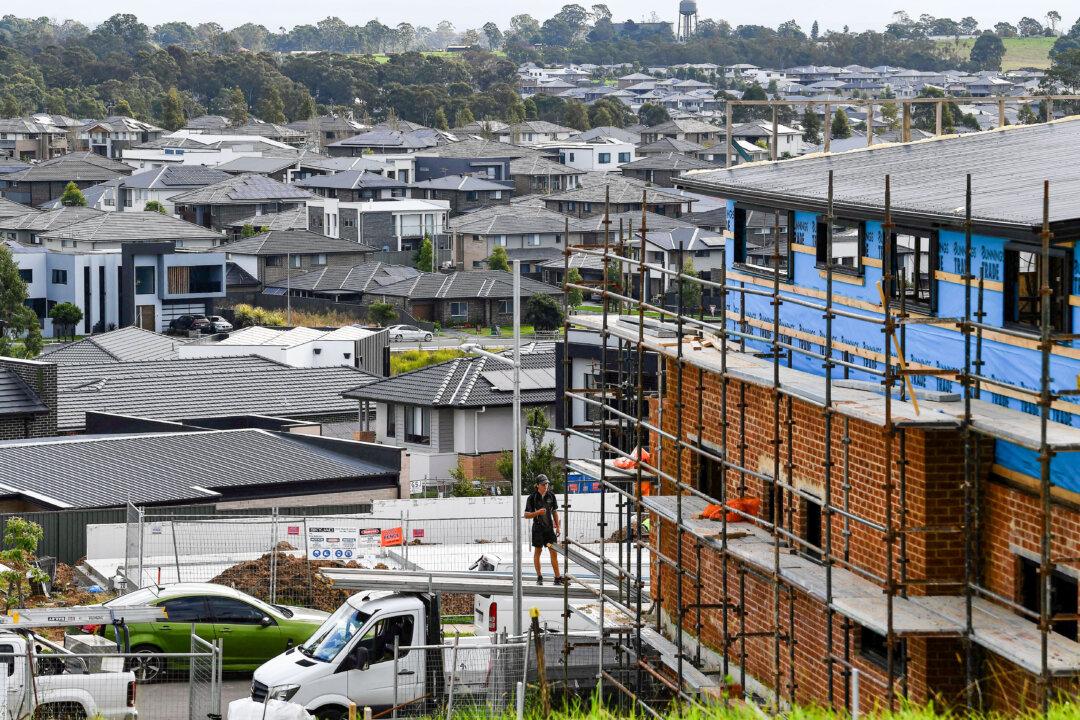Amid discussions about possible changes to negative gearing and capital gains tax reforms, Prime Minister Anthony Albanese has clarified that his government will not be taking these reforms into the next election, instead committing to their current housing policy.
“What we’re doing is planning for our Homes for Australia policy. That’s the policy we have, and that’s what my government is focused on,” he told ABC News on Sept. 26.





